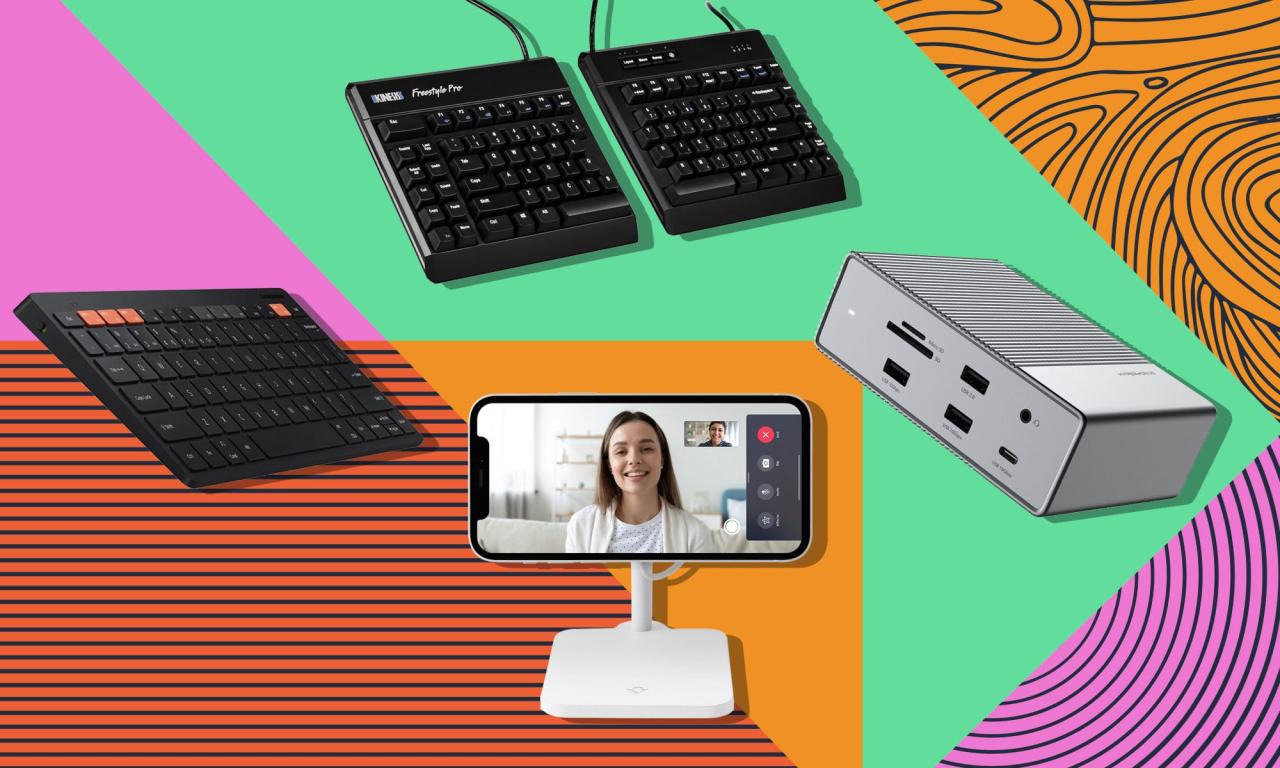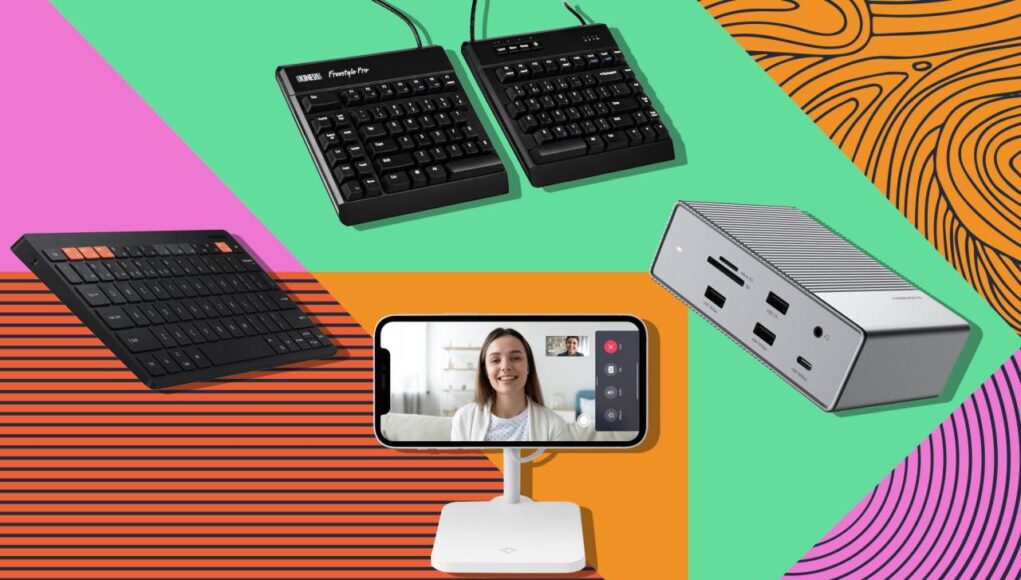Best Personal Gadgets for Daily Productivity takes center stage, inviting readers into a curated realm of innovative tools designed to enhance efficiency and streamline daily tasks. In today’s fast-paced environment, finding the right gadgets can significantly elevate our productivity levels, allowing us to focus more on what truly matters. From smart planners to high-tech accessories, each gadget serves a unique purpose, ultimately contributing to a more organized and productive day.
With the constant evolution of technology, it’s essential to stay updated on the latest personal gadgets that can support our daily routines. The right tools not only simplify tasks but can also boost motivation and creativity, making them indispensable for anyone looking to improve their time management and overall output. Let’s explore some of the best personal gadgets available that promise to enhance your daily productivity.
In today’s fast-paced digital world, the importance of effective communication cannot be overstated. Whether you are a professional navigating the complexities of a corporate environment, a student trying to convey ideas clearly, or simply engaging in casual conversations, the ability to express yourself clearly and confidently is crucial. This article delves into the various facets of effective communication, examining its significance, techniques for improvement, and the role of technology in shaping our communication landscapes.To begin with, effective communication is the bedrock of all relationships, both personal and professional.
It establishes a connection between individuals, enabling them to share thoughts, ideas, and emotions. According to a study conducted by the University of California, effective communication reduces misunderstandings and enhances collaboration. This is particularly significant in the workplace, where teams rely on clear communication to achieve objectives and foster a positive atmosphere.In a workplace setting, the ability to communicate effectively can lead to improved productivity.
Employees who feel understood and valued are more likely to be engaged and motivated. This sense of belonging, spurred by effective communication, can result in a 20% increase in productivity, as reported by the Gallup Organization. Furthermore, effective communication helps in conflict resolution. When team members can articulate their concerns and perspectives clearly, it paves the way for constructive discussions that can lead to mutually beneficial solutions.One of the key components of effective communication is active listening.
This involves fully concentrating, understanding, responding, and remembering what is being said. Active listening fosters trust and respect, as it shows the speaker that their thoughts and feelings are valued. According to experts, practicing active listening can enhance interpersonal relationships both in and out of the workplace. It encourages open dialogue and can prevent miscommunication, which often leads to frustration and conflict.Another important aspect is non-verbal communication.
Body language, facial expressions, and tone of voice all contribute to the message being conveyed. Research suggests that a significant portion of communication is non-verbal; experts estimate that as much as 93% of communication effectiveness is determined by non-verbal cues. This means that being aware of how we present ourselves physically can dramatically impact how our words are received. For example, maintaining eye contact can demonstrate confidence and attentiveness, while crossed arms may be perceived as defensiveness or disinterest.Additionally, clarity and conciseness play vital roles in effective communication.
In a world inundated with information, distilling your message to its essence is crucial. This means choosing your words carefully and avoiding jargon or overly complex sentences that may confuse the listener. A study by the University of Minnesota highlights that clear communication can enhance decision-making and problem-solving abilities. When information is presented in a straightforward manner, it allows for better comprehension and quicker responses.Moreover, adapting your communication style to your audience is essential.
Different contexts require different approaches. For example, a formal presentation to stakeholders may necessitate a more polished and structured delivery, while a brainstorming session with colleagues might benefit from a more casual and open-ended style. Understanding your audience’s preferences and expectations can significantly enhance your message’s impact.In an era dominated by technology, the way we communicate has evolved dramatically. Digital platforms offer a variety of channels, such as emails, social media, and instant messaging, each requiring a unique approach.
While technology has made communication more accessible, it has also introduced challenges. Misinterpretation is common in written communication, where the absence of vocal tone and body language can lead to misunderstandings. Therefore, it’s important to be mindful of the language used in digital communication and to clarify any ambiguous points.Furthermore, technology has enabled global communication like never before. We can connect with individuals from various cultural backgrounds, which emphasizes the need for cultural sensitivity in communication.
Being aware of different cultural norms and values can enhance interactions and prevent unintentional offense. For instance, gestures that are acceptable in one culture may be considered disrespectful in another. Thus, a willingness to learn about and adapt to different cultural communication styles is essential in a globalized world.While technology has its advantages, it’s important not to overlook the value of face-to-face communication.
Personal interactions allow for richer exchanges, where verbal and non-verbal cues can facilitate a deeper understanding. According to research by the Harvard Business Review, teams that engage in regular face-to-face meetings are more effective in resolving conflicts and making decisions. This underscores the importance of balancing digital communication with personal interactions.To improve your communication skills, consider the following strategies:
1. Practice Active Listening
Make a conscious effort to listen more than you speak. This not only conveys respect but also allows you to grasp the full context of the conversation.
2. Seek Feedback
Don’t hesitate to ask for feedback on your communication style. Constructive criticism can help you identify areas for improvement.
3. Enhance Non-Verbal Awareness
Pay attention to your non-verbal cues and those of others. Being more aware can help you adjust your approach accordingly.
4. Engage in Public Speaking
Join groups like Toastmasters to practice your speaking skills in a supportive environment. Public speaking can boost your confidence and help you articulate your thoughts more clearly.
5. Read Widely
Exposure to various writing styles can improve your vocabulary and sentence structure, making it easier to communicate your ideas effectively.
6. Adapt to Your Audience
Always consider who you are speaking to and adjust your communication style to suit their preferences.
7. Stay Open-Minded
Be willing to entertain different viewpoints, even if they conflict with your beliefs. Openness fosters more enriching discussions.
8. Be Clear and Concise
Focus on delivering your message in a straightforward manner. Avoid unnecessary jargon, and be mindful of your audience’s understanding.In conclusion, effective communication is an invaluable skill that influences every aspect of our lives. By mastering the art of communication, we can foster better relationships, enhance collaboration, and navigate challenges with greater ease. As we continue to evolve in an increasingly digital world, it’s essential to adapt our communication strategies while remaining grounded in the fundamental principles of empathy, clarity, and respect.
Ultimately, the ability to convey our thoughts and feelings effectively empowers us to connect with others and create meaningful interactions that enrich our lives.
FAQ Summary: Best Personal Gadgets For Daily Productivity
What are personal productivity gadgets?

Personal productivity gadgets are tools and devices designed to help individuals manage their time, tasks, and workflows more efficiently.
How can gadgets improve productivity?
Gadgets can automate tasks, organize schedules, and streamline communication, freeing up time for more essential activities.
Are there affordable options for productivity gadgets?
Yes, there are many budget-friendly gadgets available that can significantly enhance productivity without breaking the bank.
Do I need to be tech-savvy to use these gadgets?
Most productivity gadgets are designed with user-friendliness in mind, making them accessible for individuals with varying levels of tech experience.
How often should I update my productivity gadgets?
It’s advisable to evaluate your gadgets periodically, especially when new features or products become available that could benefit your workflow.






